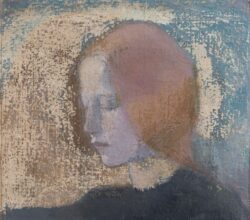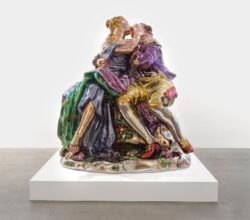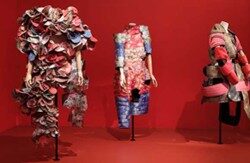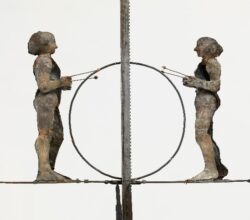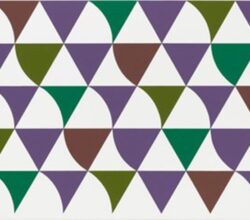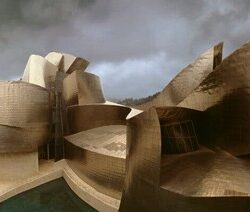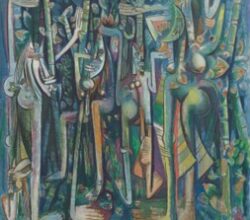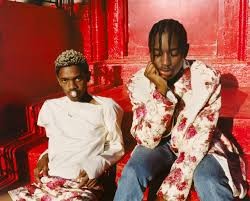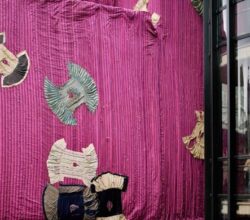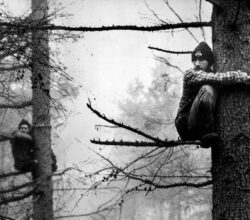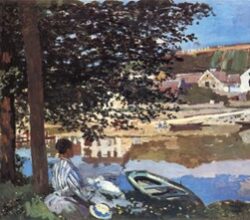
Remembering Martin Parr (1952–2025)
Staff | Magnum Photos | 10th December 2025
After getting married, Martin Parr increasing directed his photography toward capturing the mundane aspects of British life. His seminal work, The Last Resort, featured seaside holiday makers in situations where “hope and promise don’t quite match reality”. While some praised his “pin-sharp satirical genius” others called him a “cynical smart-arse”. He seemed untroubled by the furore, responding that his work was “social documentary. I make serious photographs disguised as entertainment.”

